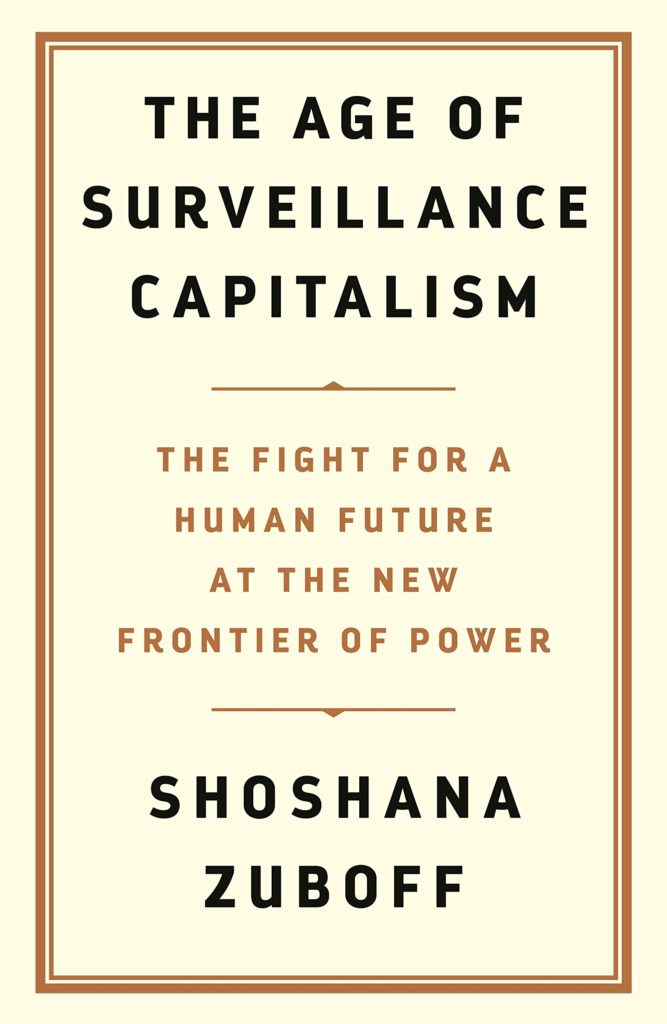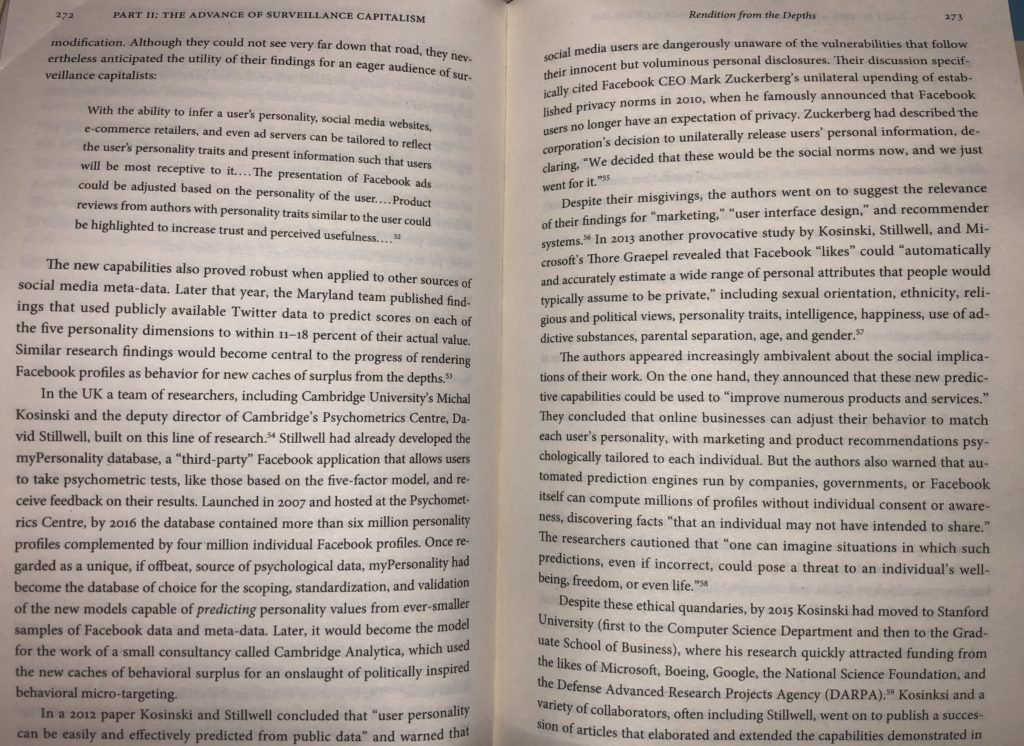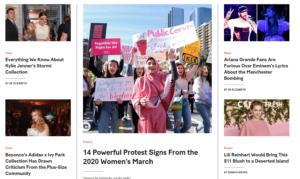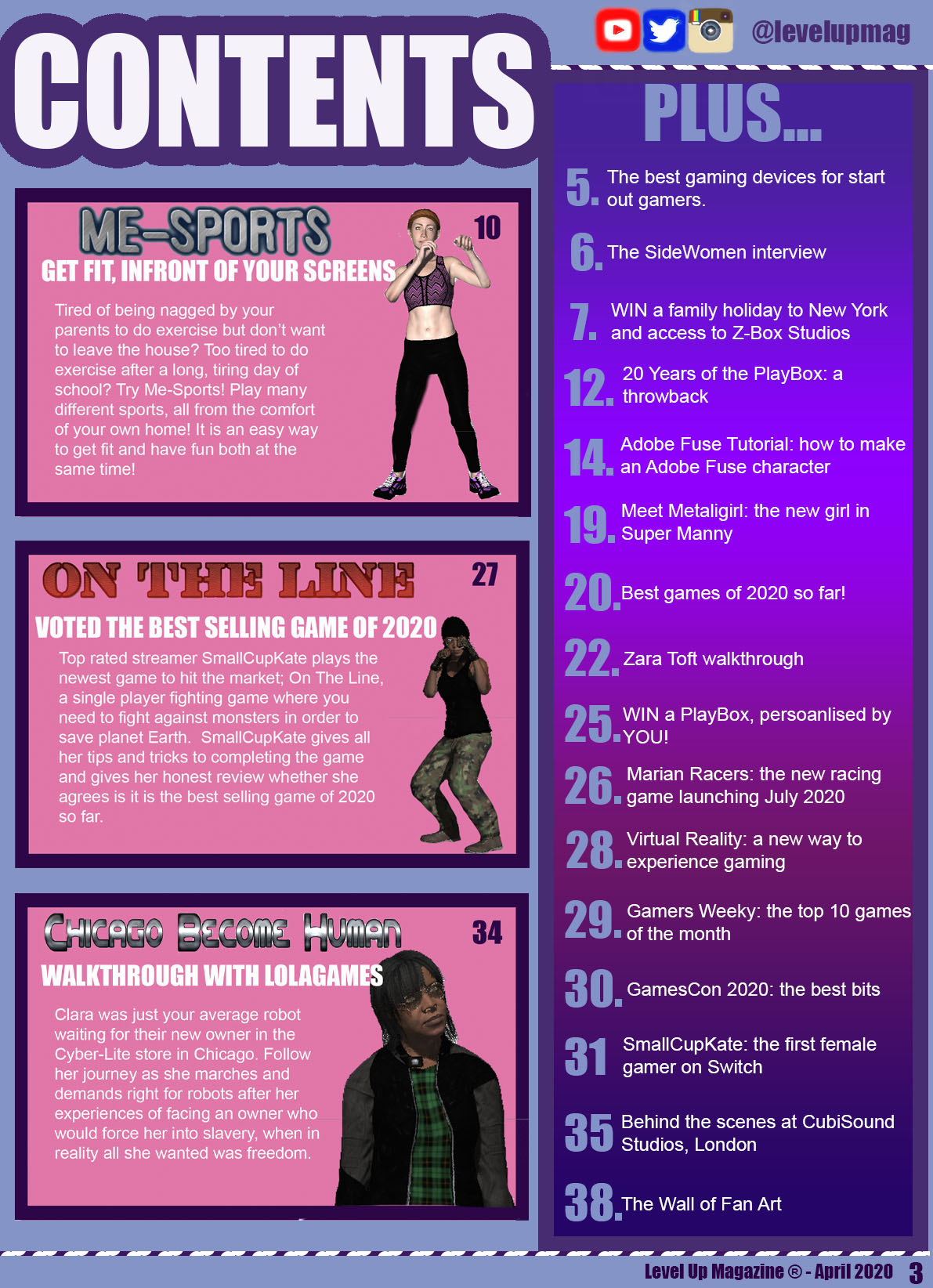What is the CSP?
The actual CSP for this unit is to be found by you on any three of the following Vogue platforms:
- website http://www.teenvogue.com/
- Facebook page https://www.facebook.com/teenvogue/
- Twitter feed https://twitter.com/TeenVogue
In other words, to explore the MEDIA FORM that we recognise as: online, social and participatory media, students should look at the sites listed above in detail (specifically including the home page of the website and the ‘Lifestyle’ section) along with other relevant examples, illustrations, sections etc TO PROVIDE EVIDENCE for your essays.
Find out as much you can about this product and post your findings on a new blog post. Start by THINKING. What aspects of NEW MEDIA interest you? What aspects of Teen Vogue help you to explore and understand NEW MEDIA. Make sure you develop your initial ideas with some EVIDENCE, post up your findings to use as revision notes. Find evidence about individual stories as well as about the organisation who produces these products. OVERALL, you are trying show KNOWLEDGE OF THIS CSP and UNDERSTANDING OF NEW MEDIA
Starting points:
- Ownership (INSTITUTION)
- Conglomeration, vertical and/or horizontal integration
- Cross-media titles / products (= INSTITUTION)
- Income / Expenditure (= INSTITUTION)
- Advertising, marketing, product placement etc – in terms of revenue and type of products featured in Vogue (INSTITUTION & AUDIENCE)
- Primary target audience (= AUDIENCE)
- Uses and Gratifications (= AUDIENCE)
- Messages sent (encoded/decoded) ie the values, attitudes and opinions of this CSP (or ideology / political & social bias) (= REPRESENTATION)
- Use of new technology / relationship to old technology (= LANGUAGE)
- Layout, language, style, design, words, images, symbols, connectivity (=LANGUAGE)
Use the 3 recommended sites for this CSP and identify SPECIFIC STORIES,to EXTRACT SPECIFIC DETAIL to use as SPECIFIC EVIDENCE.
TASK 2: Select 2-3 stories from any of the links provided above and use these to provide a close textual analysis reading of Teen Vogue. As a starting point analyse your chosen examples (stories, tweets, posts etc) in terms of 1) political, social, cultural and economic contexts; 2) Media Language; & 3) Media Representations. Some starting points can be found below:
Political, social and cultural and economic contexts
Teen Vogue is culturally significant in its marrying of the political with fashion and lifestyle to target a young female audience more traditionally seen as interested in more superficial issues. Its explicit feminist stance and reporting on the Trump presidency has made it a relatively radical voice in the context of mainstream US media. The social and economic contexts can be addressed in terms of how the product has been received and how it has succeeded when other magazines (online) are struggling to maintain audiences.
Media Language
How are the codes and conventions of a website used in the product? How are these conventions used to influence meaning? The website could be analysed in terms of:
- The language of composition and layout: images, positioning, layout, typography, language and mode of address.
- The genre conventions of websites will be studied and the genre approach should also include reference to the content of lifestyle websites.
- The application of a semiotic approach will aid the analysis of the way in which the website creates an ideology about the world it is constructing – often to do with age, beauty and social and political issues.
- Narrative in the context of online material can refer to the way that the images and the selection of stories construct a narrative about the world.
Media Representations
The choice of this online product provides a wide range of representational issues. These include the representation of the target audience of young women in the United States but also globally. The focus on representation will build on work done in the analysis of visual images and can also be used to explore target audiences and ideological readings:
- Representation of particular groups (age, gender, race), construction of a young female identity.
- ‘Rise, Resist. Raise your Voice’ is the slogan for the website.
- Who is constructing the representation and to what purpose?
- The focus on politics, social issues and technology (in addition to fashion and celebrity) suggests a new representation of young women.
- Analysis of the construction and function of stereotypes
- Representation and news values – how do the stories selected construct a particular representation of the world and particular groups and places in it?
Defining and conceptualising New Technology
Technology is central to any Media Studies course, and is of relevance in terms of the production, distribution and consumption of news and news-gathering, as well as playing a significant role in terms of democracy, knowledge, access and truth. As a starter exercise to understand this relationship in terms of news production, create a table and see how many different technologies you can put in each box, to show which what technologies are used in each stage of the production process.
TASK 3: Define ‘New Media’ against ‘Old Media’. Use some of the key language highlighted in this post (see the separate sections on Language, Representation, Audience, Institution below). And/or follow this link
Key Words associated with New Media
| share | active | creative | host |
| story | re-connect | personalise | stream |
| experience | store | scale | immerse |
| interface | live | adapt | binge |
| conversation | re-perform | circulate | endless |
Table to contrast ‘New’ vs ‘Old’ Media: Do you agree?
| NEW MEDIA | OLD MEDIA |
| Active involvement | Passive involvement |
| Two-way conversation | One-way conversation |
| Open system | Closed system |
| Transparent | Opaque |
| One-on-one marketing | Mass marketing |
| About Me | About Them |
| Brand and User-generated Content | Professional content |
| Authentic content | Polished content |
| FREE platform | Paid platform |
| Metric: Engagement | Metric: Reach/ frequency |
| Actors: Users / Influencers | Actors/ Celebrities |
| Community decision-making | Economic decision-making |
| Unstructured communication | Controlled communication |
| Real time creation | Pre-produced/ scheduled |
| Bottom-up strategy | Top-down strategy |
| Informal language | Formal language |
TASK 4: Take 5 pairs of key terms from the table above and illustrate what they mean in terms of New Media, with a particular and VERY SPECIFIC textual reference from one of the Teen Vogue sites set by the board.
Now write some notes that answer the following questions:
Who really benefits from a digitally networked society? Big business or individuals? Refer to ‘loop theory’ and the ‘Dunbar number’
Q: How does big business benefit? What commodity do they trade in? Answer: predictive human behaviour. Write out an answer in your own words.
Shoshana Zuboff (very recent and very important theorist to quote . . .)
interests have shifted from using automated machine processes to know about your behaviour to using machine processes to shape your behavior according to their interests
Zuboff 2019, p. 338
So who is in control? The customer or the technologies? Are the technologies responding to our behaviour? Or is your behavior determined by the technology?

Read the extracts below, note the assertion that ‘social media users are dangerously unaware of the vulnerabilities that follow their innocent but voluminous personal disclosures’, that new technologies are now developing sophisticated tools to develop a relationship with potential customers based on ‘micro-behavioral targeting’, which looks to ‘change people’s behaviour through carefully crafted messaging’.


Task 5: Make a table that sets out the positive and negative consequences of using social media for audiences
Media Industries
Teen Vogue is a commercial media product but could also be seen as fulfilling a public service through its political reporting and social campaigns. The website also demonstrates the way that publishing institutions (in this case Conde Nast) have developed their reach through new technology and convergence – particularly relevant to this target audience.
• Teen Vogue’s web and social media sites show how institutions respond to changes in consumption.
• The use of digital platforms to expand the output and reach of the products demonstrates how institutions have responded to the impact of new technology
Media Audiences
The close study product provides an example of a clearly targeted, primary audience through demographics of gender and age which should encourage the study of issues of identity. Related to this would be a discussion of the changing relationship between producers and audiences in the context of participatory media.
• Definitions of mass and minority or specialised audiences.
• Debates around the idea of targeting specialised audiences (by age, gender, lifestyle etc.) and how successful that targeting is.
• Differing interpretations by different groups – those belonging to and outside the primary audience. (Stuart Hall – reception theory)
• Opportunities for audience interactivity and creativity.
ASSESSMENT / EXAM QUESTIONS
TASK 6: Look at Question 9 on this past paper and then look at the guidance provided in this mark scheme . Read it through. Think about it and then write a 10 bullet point essay plan. Make sure each bullet points links to the next. Top and tail your plan with your main argument and conclusion (usually the same or similar)
ASSESSMENT: Go to the Planner page/tab and answer question 9 on the AS media Paper 1. Plan your answer, share your responses and collaborate with others to produce a complete and full answer. Look at the feedback assessment sheet below for starting points and areas that you could / should cover in your answer. Good luck!




